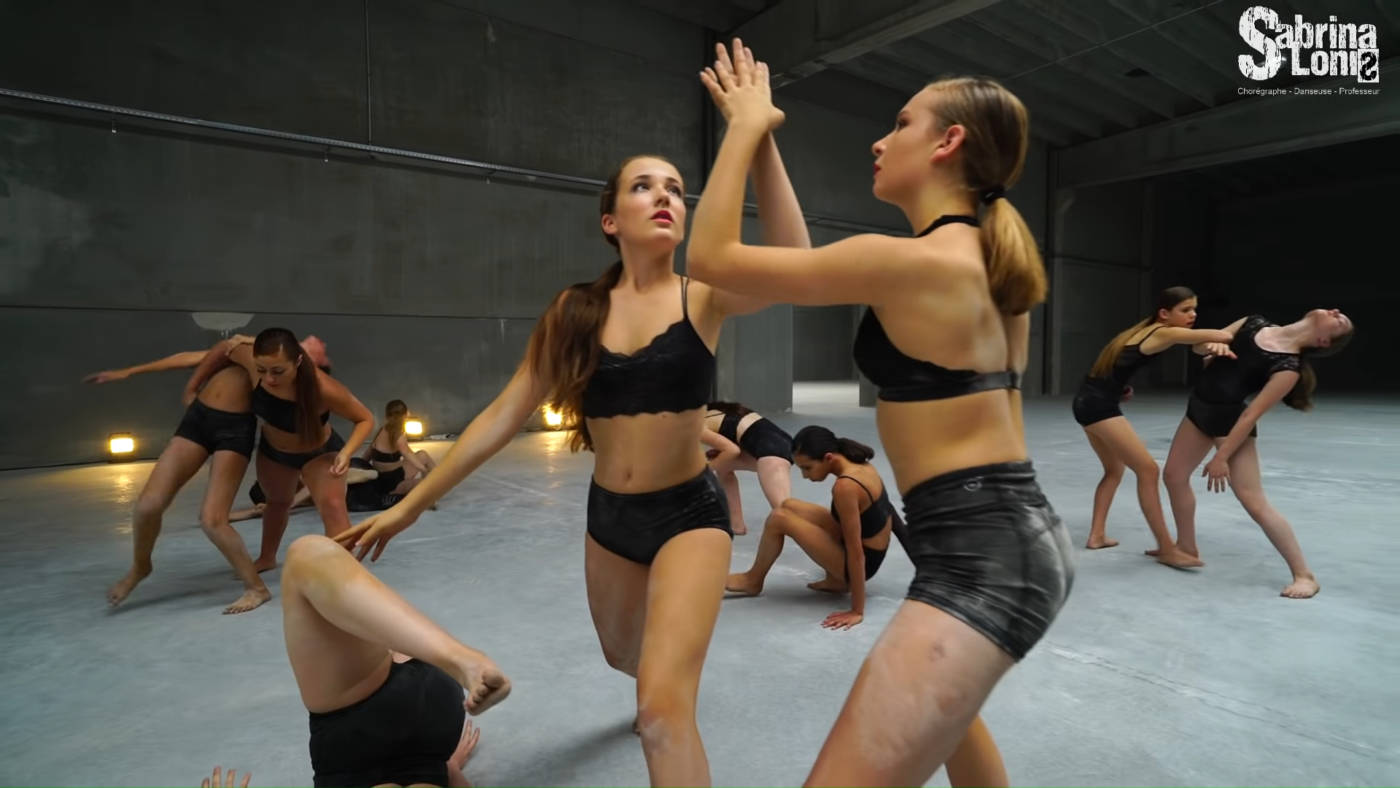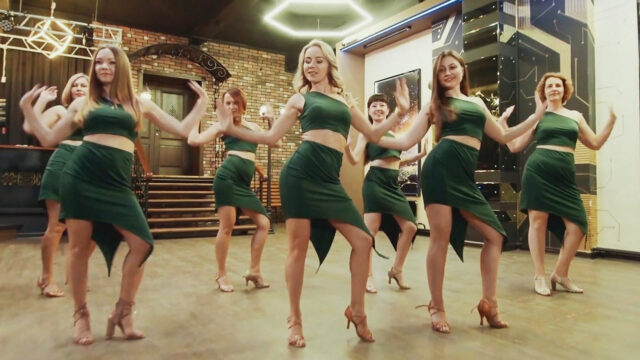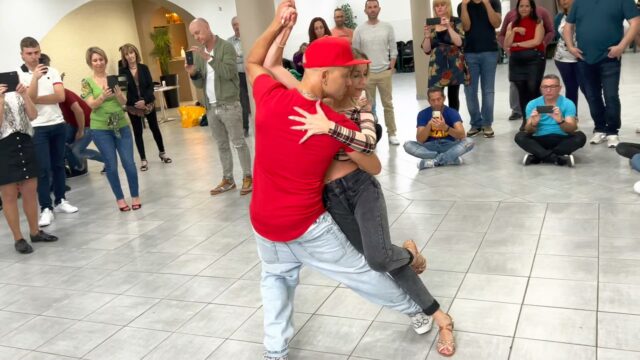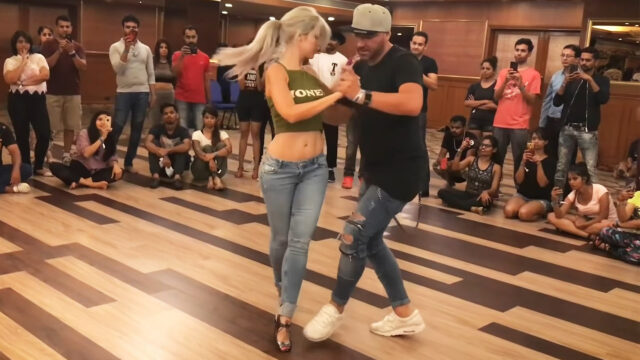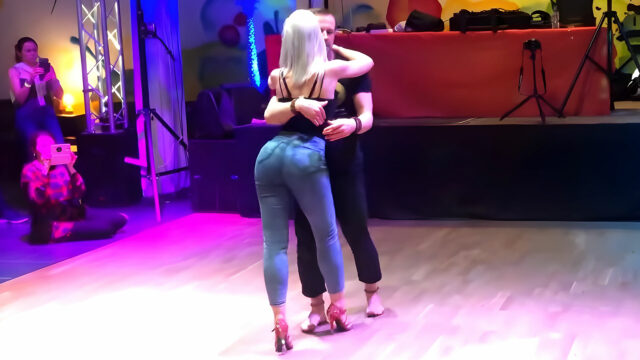What Contemporary Dance is All About?
The word contemporary basically means anything modern. So by definition contemporary dance is a modern type of dance style of expressive dance that has been able to combine features of several genres such as modern, hip-hop, jazz, lyrical and classic ballet.
The dance in itself is all about flexibility and connection of both body and mind through fluid movements. It is able as well to put emphasis on improvisation and versatility, unlike the strict structure of ballet. The dancers mostly focus on floor work and depend on gravity to pull them down to the floor and it is often danced with bare feet. Click the link to find a local contemporary dance class in order to start dancing today.
The methodical resemblances of contemporary dance are normally perceived to be closely related to modern dance, classical concert dance styles and ballet as well. Some have been able to incorporate African dance styles in the dances or techniques such as bent knees or movements from the Japanese contemporary dance i.e. Butoh.
The dance tends to work hand in hand with one’s natural body alignment and is hence safe and very accessible for beginners. At the same time, due to its ease of movement in terms of technique, contemporary dancing has been able to help dancers push themselves to new boundaries of body movements.
Here is a beautiful video that will give you an understanding of the level of freedom of movement built in the DNA of this style:
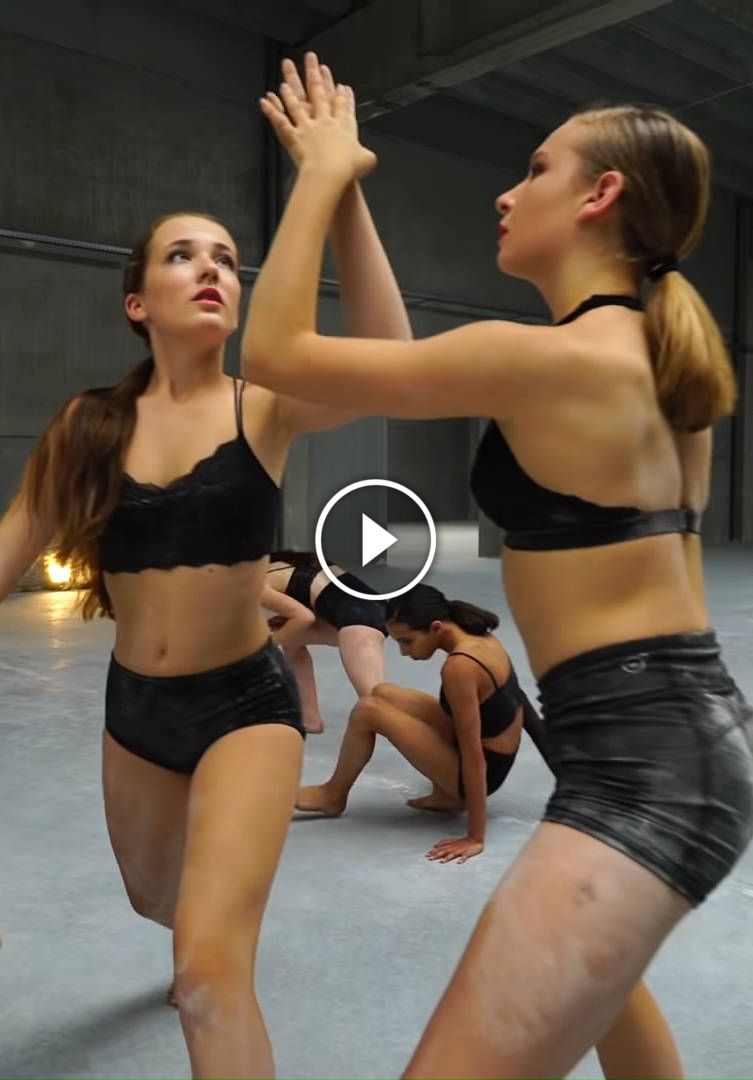
History
Contemporary dance was developed in the mid-20th century when a ballet dancer in the United States, Isadora Duncan, decided to break away from the rigid technique of ballet and was able to develop her own style which she called contemporary dance. This was between the years 1878 and 1927. She was able to emphasize her technique and based it on ease of movement using the body’s natural energy and lines, allowing more range in fluidity of movement than other conventional techniques
Another icon in the field of contemporary dance is said to be Merce Cunningham who was considered to be the first choreographer to actually develop an independent attitude towards modern dance and defy all the ideas that was established by it.
In the year 1944, Merce was able to accompany his dance technique with music from John Cage, who was able to perceive that Cunningham’s dance was a dance that no longer depended on linear elements nor movements towards and away from climax. The dance was able to assume that an element i.e. a sound, movement, change of light is in and of itself dramatic; as what it communicates is in large part determined by the spectators themselves.
In the year 1953, Merce Cunningham was able to form the Merce Cunningham Dance Company. He was able to create over more than 150 works for the company, many of which have been performed even internationally by both modern dance and ballet companies.
Contemporary Dance Techniques
As previously explained, contemporary dance is all about innovation, creativity, versatility and flexibility both of mind and body. The techniques used are normally in line with one’s natural lines and energy as it allows for more fluidity and movement than traditional dance techniques.
Listed below are the four main techniques of contemporary dance:
- Cunningham Technique – This type of technique is named after Merce Cunningham who mainly put focus on design of the body in articulation, space and rhythm. This means that these techniques are able to use an individual’s own “line of energy” to promote a more natural and easy movement.
- Graham Technique – Named after its founder, Martha Graham, the technique tends to concentrate on the use of contraction, release, fall and recovery i.e. the technique is characterized by the use of abdominal and pelvic contractions and floor work. The style is also very much grounded and is evidently differing to the sylphlike, airborne ideals of ballet.
- Limon Technique – This technique was coined together by Jose Limon and it tends to explore the use of energy in relation to working with weight and gravity in terms of fall, rebound, suspension and recovery. In simple terms the technique tends to use the feeling of “heavy energy” and weight in the body. The movements are initiated using breath to lift and swings through the body to generate and pause movement. It also tends to feel very nice when one is preforming.
- Release – When it comes to this technique it tends to put a lot of emphasis on the minimizing tension in search of both fluidity and clarity and efficiency in the use of both energy and breath i.e. just like the title states, one is able to release through the muscles and joints in order to generate ease of movement, while releasing the breathe to aid the release of one’s body. This is a very great way of relaxing as a technique as well as a dance style.
Contemporary Dance Music
Since contemporary dance is all about versatility and innovation, it does not have a specific genre that it can actually identify with specifically.
In regard to music selection though, while picking out a musical track it is important to have a dance that one is able to identify with. Having a personal feel and connection to a specific dance helps one know exactly what type of music they may need and how fast or slow it needs to be.
Listed below are some things one should consider while picking a song to go with a specified choreography:
- Contemporary music normally enjoys silence hence should be simple since the dance is not stimulated by rhythm or sound.
- Be very clear on the type of artistic project in relation to one’s choreography. This is because the type of music is selected normally in response to the criterion in order to achieve the aesthetic purpose it needs to achieve.
- For some, one is able to have a musician do a piece for them personally that they can relate to. This in return is able to give a unique identity to one’s piece and may free one from paying pay rights in case they need to perform publicly.
- In regard to having lyrics in one’s music, it is normally not advised as one may be unable to handle the symbolism behind it unless it is an original piece. One needs to understand that audiences tend to listen to words and can easily influence an audience’s perspective to a dance
Here is an article about the relationship between K-pop and Contemporary Dance.
Advice for Beginners
Beginning this type of dance is not difficult. It is all a matter of correlation between mind and body and once one masters the mind then manipulating the body will come naturally.
Listed below are some tips beginners can start with in order to advance in contemporary dance:
- Sign up for a class or get private lessons in order to understand well and have a teacher who can actually walk you through each step and technique
- Purpose to study ballet as this will enable one to have better balance, poise and control over the body. In addition, keep practicing the five basic ballet positions in order to improve.
- Focus on choreography as choreography is everything in contemporary. One is advised to pick their favorite song and try to practice choreographing dances to it. Because it’s a favorite song one is able to relate well to it and identify with it more.
- In addition, one needs to learn coordination. It should always be at its best in sync with both the body and rhythm.
- One is also advised to be innovative. Having a single routine can be boring. Learn different dances and try incorporate them in the piece you are working on in terms of choreography. One is advised not to limit themselves as contemporary dancing is all about expression.
By the way if you thinking about attending a contemporary dance class, check out this articles that we’ve prepared for you: Best Dance Shoes for Women & Girls in 2021 | Best Dance Sneakers for Men, Women & Kids
Here is short video of online contemporary dance class to help you get an idea of what to expect when you decide to join your local studio:
Interesting Contemporary Dance Facts
- The dance is based on ideas and not a specific style of movement. One may find that different ideas may come up during performances like ethical values, respect, opening of mind, creative freedom, acceptance of others and natural body conditions.
- The contemporary dance is actually considered to be a form of western art. Contrary to the consideration, most of the features are actually derived from eastern ideas or values such as the use of Indian Hatha yoga whereby a bunch of techniques derive their routines from.
- When it comes to music, any form of music can be used as well as noise, spoken word or even no music or sound may be needed to show expression.
- Dancing as an art by itself is important as it helps reduce stress and tension in both the mind and the body. With contemporary dancing creativity is key. It helps one express themselves and this expression of self may be therapeutic to some people.
Modern Dance Improvisation Course on Udemy That We Recommend
Here is an improvisation course that is closely related to the contemporary dance style. We highly recommend taking it in order to better understand your body, movements, emotions and how they are connected with each other.
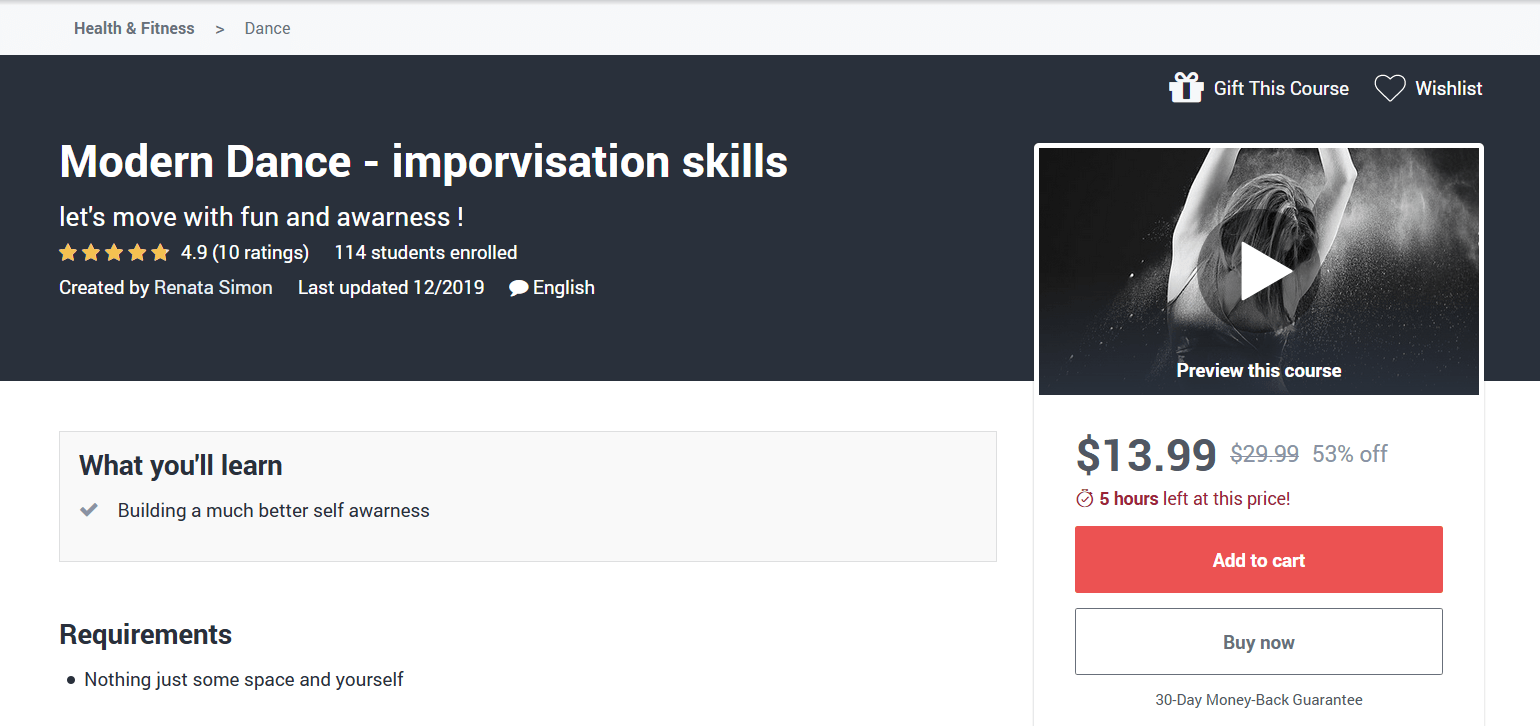
You will learn lots of useful body awareness techniques which will help you in turn express yourself and tell the story while you dance. Just give it a try and you’ll see what we mean.
In conclusion, the art of contemporary dancing is both beautiful as it is subtle. Being that its not monotonous, will enable one to grow mentally as it demands innovation at ever point of the choreography. It’s both fun and unique plus anyone can dance it. It just needs practice since practice makes perfect.
